I have 12 plots generated by a loop and I want to plot them with 3 rows and 2 columns on one page (2 pages in total). I know how to do it in R
pdf("1.pdf")
par(mfrow = c(3, 2))
for (i in 1:12) {
x <- 1:10
y <- 2*x + rnorm(x)
plot(x, y)
}
dev.off()
But how to do this using ggplot?
library(ggplot2)
library(grid)
library(gridExtra)
for (i in 1:12) {
x <- 1:10
y <- 2*x + rnorm(x)
qplot(x, y)
}
I think I have to use grid.arrange but need some help on that. Thanks.
